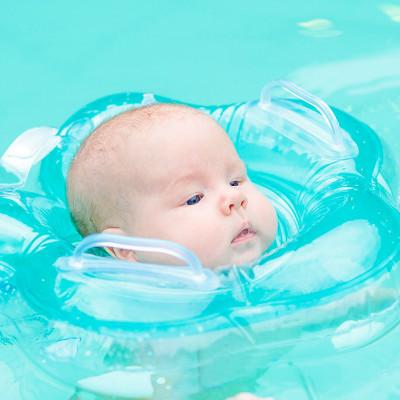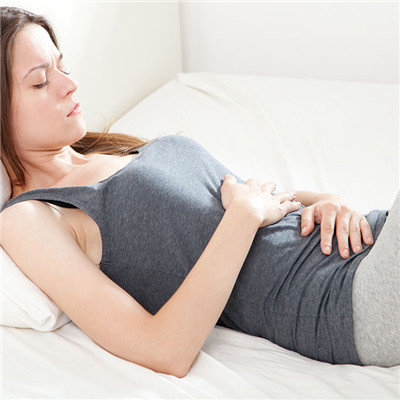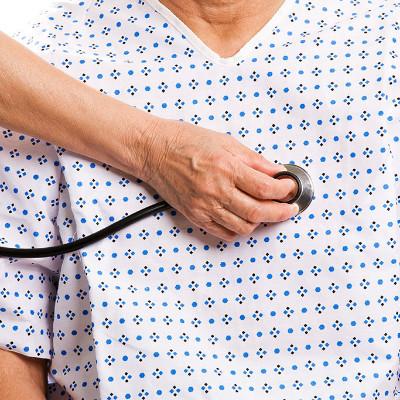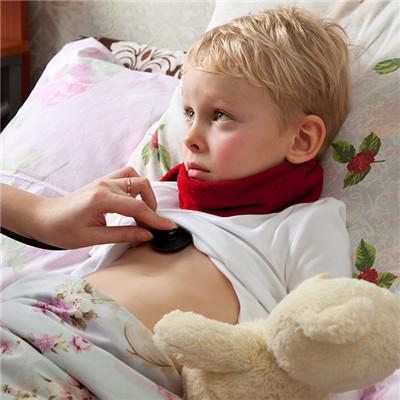Symptoms of baby acidosis
summary
What symptom is child acidosis? The main clinical manifestation of metabolic acidosis in children: the symptoms of mild acidosis are not obvious, which are often covered by the primary disease. Acidosis has a very serious harm to children, so parents need to send their children to the hospital in time when they find symptoms. So what are the symptoms of child acidosis?
Symptoms of baby acidosis
The main clinical manifestation of metabolic acidosis in children: the symptoms of mild acidosis are not obvious, which are often covered by the primary disease. Severe acidosis is characterized by deep and powerful breathing, cherry red lips, listlessness, drowsiness, nausea, frequent vomiting, increased heart rate, restlessness, and even lethargy, coma, convulsion, etc.
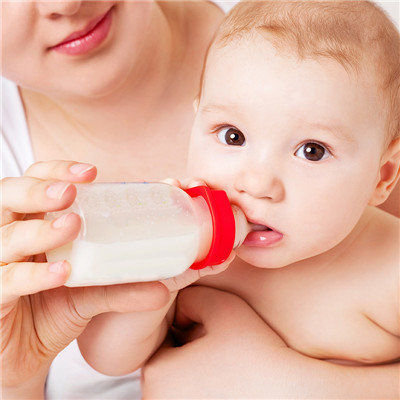
In severe acidosis, when the plasma pH value is less than 7.2, the myocardial contraction is weak, the heart rate turns slow, the cardiac output decreases, the peripheral vascular resistance decreases, resulting in hypotension, heart failure and ventricular fibrillation. The respiratory compensation function of infants less than half a year old is poor. The respiratory changes of infants with acidosis are not typical, often only mental depression and pale complexion.
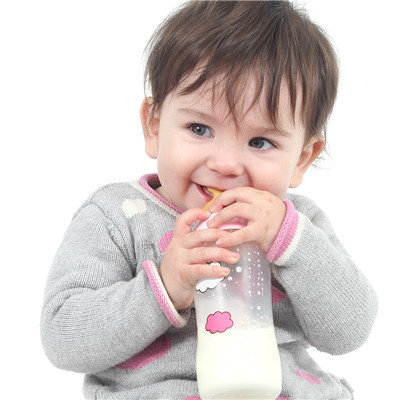
Dehydrated children will feel strong thirst due to the decrease of water content in their bodies. Small infants can't speak and live. They use their mouths to look for nipples everywhere. When their lips touch adults' fingers or other objects, they will also suck. If you get a bottle, you suck like hell. At the same time, urine volume and frequency will be significantly reduced, or even no urine. Such children have dry lips, no tears when crying, pale or gray complexion, cool limbs, listless or irritable spirit, obviously thin face, fontanelle and sunken eye socket. Pinching the skin of abdomen or inner thigh will feel looser than usual.

matters needing attention
Assist in the treatment of induced disease and complications, closely observe vital signs, consciousness, pupil (see coma nursing routine), assist in the determination and recording of blood glucose. In order to prevent infection, oral and skin care should be done well, skin cleaning should be kept, bedsore and secondary infection should be prevented, and vulva of female patients should be kept clean. Diet nursing, fasting, after coma remission, change to diabetic semiliquid or diabetic diet.




